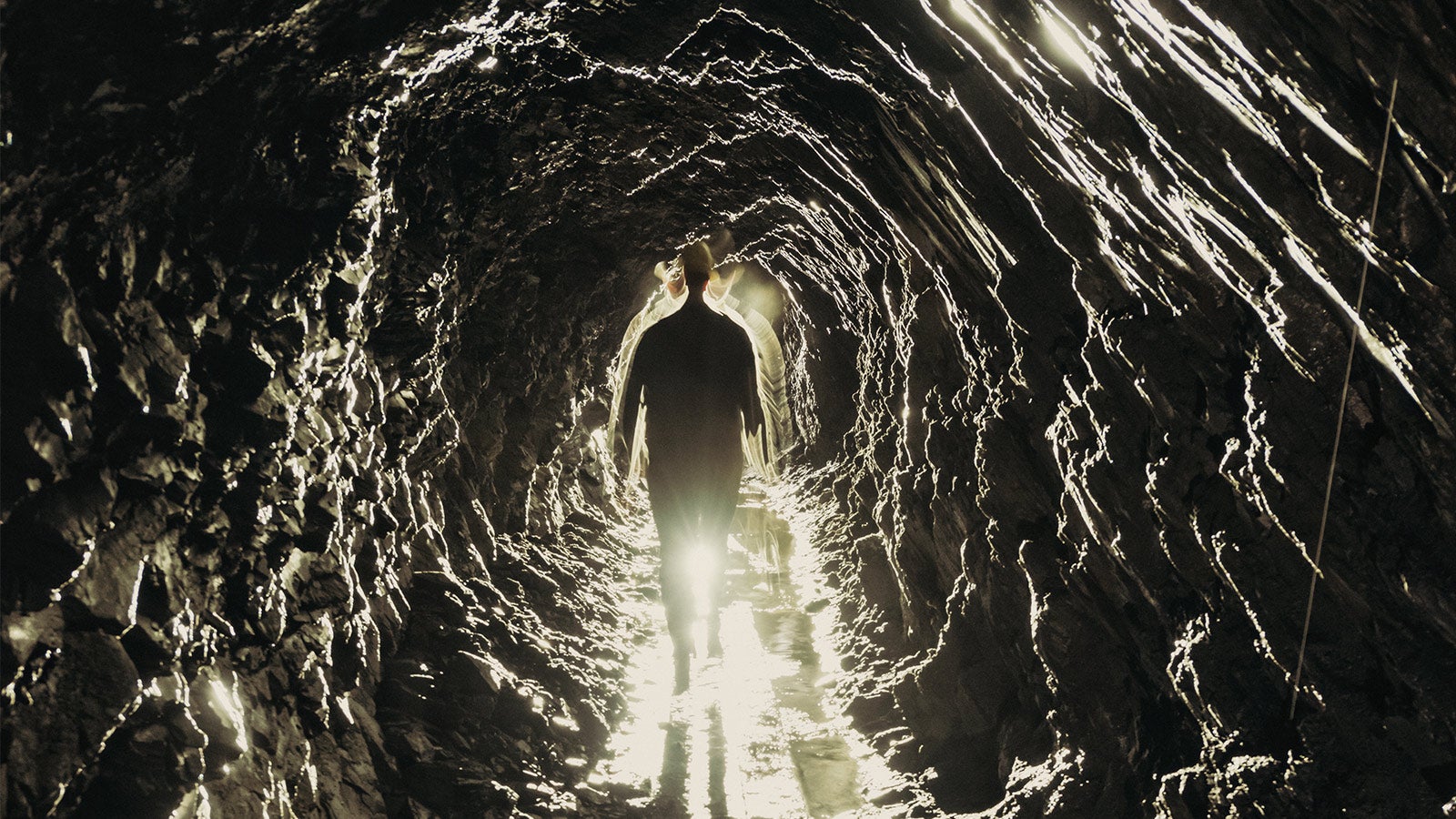
Life After Coal
Spring 2018 | By Laura J. Cole
Deep in the heart of Appalachian coal country, nestled among the mountains, you’ll find Pikeville, Kentucky. Population: 7,000. Located in the part of Kentucky that looks like it’s driving a wedge between Virginia and West Virginia, Pikeville named itself “The City That Moves Mountains,” because in the 1980s, the town completed one of the largest civil engineering projects in the Western Hemisphere by rerouting a river to stop it from flooding the town.
 “These are very determined people,” says resident Kevin Loux ’10, “people who work hard and are determined to get things done — like moving a river.”
“These are very determined people,” says resident Kevin Loux ’10, “people who work hard and are determined to get things done — like moving a river.”
Loux, who earned an economics degree from UCF, cites this as an example of the character of the people who live here. These are the people who produced more coal than any other county in Kentucky.
The people of Pike County, of which Pikeville is the center, produced 1.6 billion tons of coal between 1889 and 2015. Take into consideration that Kentucky, of which Pike County is but the smallest fraction, once produced more coal than any other state in the nation. And that coal was used to fuel cities across the Midwest such as Chicago, Cincinnati and Pittsburgh. Also take into consideration that coal mining, especially underground coal mining, is one of the most dangerous and physically challenging jobs on the planet.
Despite the danger, in the heyday of coal employment in the late 1940s, coal jobs employed 18 percent of Pike County’s population. In 2017, that number was closer to 1 percent. That’s a drastic change in employment and economic opportunities for a town that’s nearly 90 minutes away from the nearest interstate.
“If you look at the Appalachian Regional Commission’s map for all the Appalachian counties in the United States, eastern Kentucky’s referred to as the red dot, and it has been that way since the 1960s,” Loux says. “It’s one of the most economically distressed regions in the country.”
“It’s one of the most economically distressed regions in the country.”
As the director of strategic partnerships for Shaping Our Appalachian Region, a bipartisan initiative formed in 2013 to create jobs and spur innovation in the region, Loux is working to fix that.
We asked him whether coal production and employment would ever recover and how eastern Kentucky can redefine itself for the modern era.
Putting Coal Miners Back to Work
“If you look at the historical timeline of the coal industry, you’ll see that peak production doesn’t actually correlate with peak employment. The peak for coal production was much later — after they modernized the industry and had more technology and more automation. Overall, employment in the coal industry has been declining since the ’50s. This means that even if coal production spikes, it’s not going to directly translate into a lot of jobs. Coal alone simply can’t replace what we’ve lost in terms of jobs.”
Broadband For The People
“We are in the center of a region that doesn’t have an interstate. If you look at the development of the highway system in the ’50s and the ’60s, the highway infrastructure enabled all sorts of interstate commerce and economic activity, but we were left out. We were instead left with efforts like the war on poverty that failed to address the root cause of the problem. Broadband has the potential to do for job creation in this century what highways and railways did for the last century. That’s why we’re taking such a fervent approach on broadband. If we don’t do this, we’ll be in the same situation 60 years from now.”
A Focus on Public Health
“In addition to high-levels of unemployment, Appalachian Kentucky is also one of the poorest health regions in the nation. We have a partnership with the Centers for Disease Control, and they have placed two officials in our office, working specifically on obesity, diabetes and substance abuse. This partnership is what enabled us to host the first health Hackathon in the region, provide treatment and employment opportunities for recovering addicts, and host numerous events to engage stakeholders in creative problem- solving efforts.”
Education Tailored For Career Paths
“We’ve worked with our local workforce innovation board and others in the region to tailor education so that it directly leads to a career. By working with private companies and educators, we trained students for specific jobs. One of the respondents of our workforce study said, ‘If there’s a job at the end of the tunnel, there isn’t much I wouldn’t go through to get it.’ ”